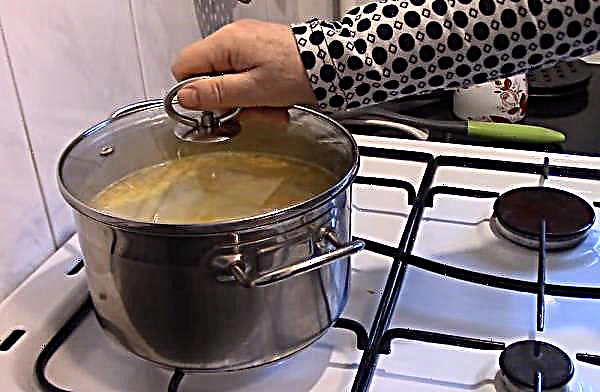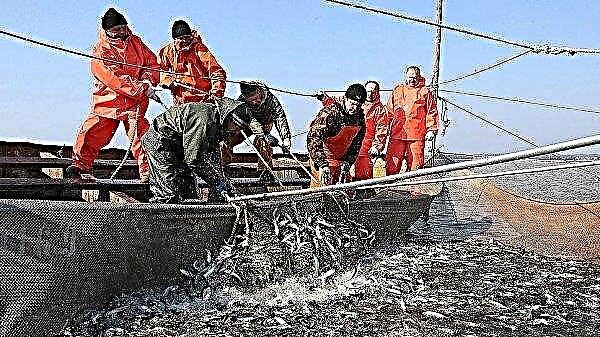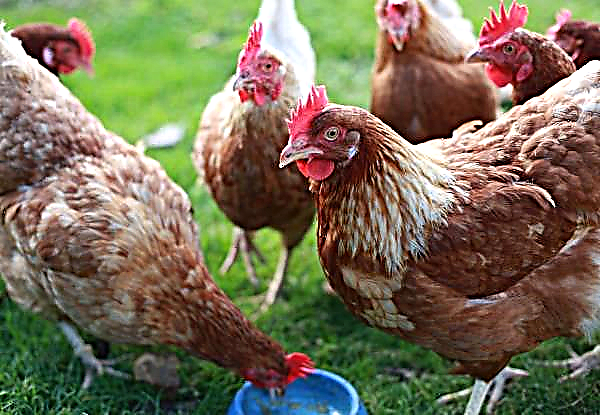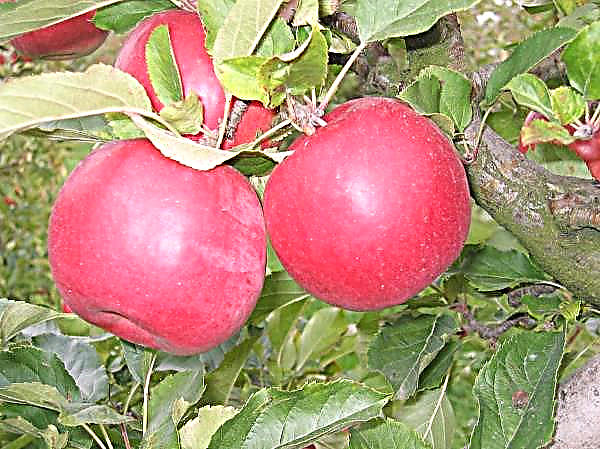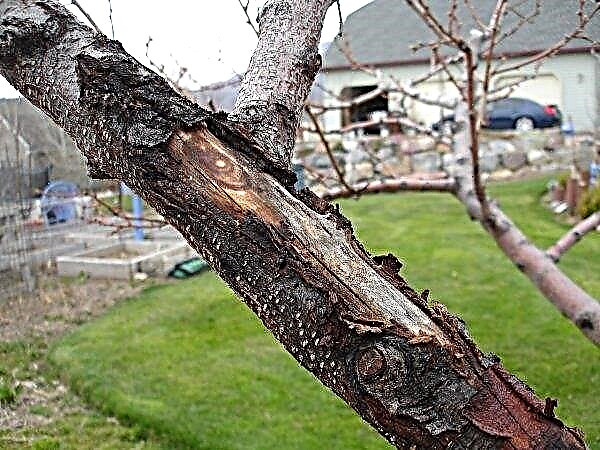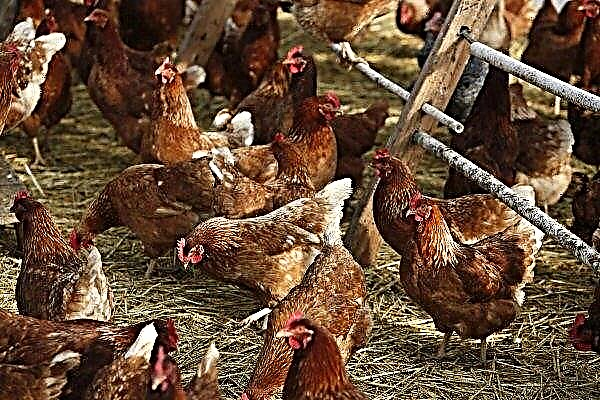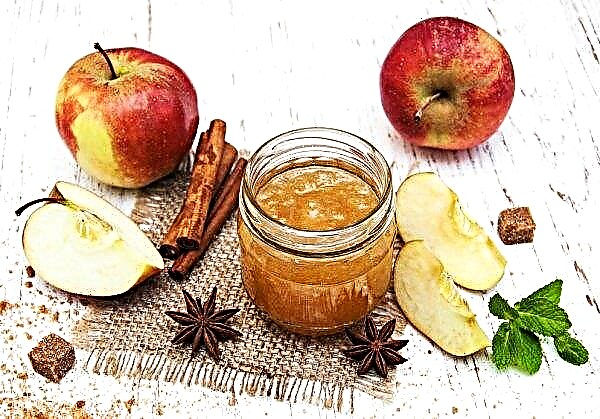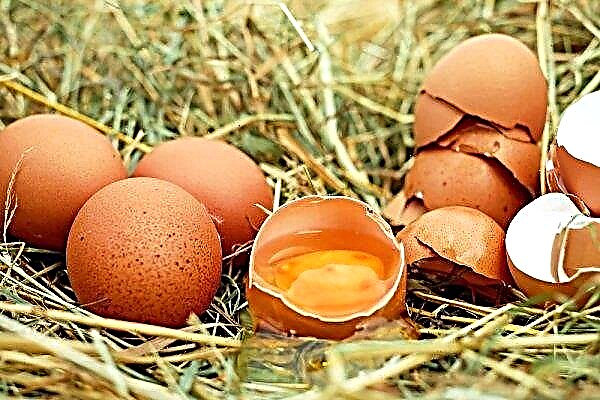A well-equipped greenhouse on a summer cottage allows gardeners and gardeners to get an early harvest. In the spring, it is necessary to start procedures that are aimed at preparing for the harvest season, and some need to do what they might have forgotten to finish in the fall.
Although March can surprise you with unpredictable weather, it is in this month that it is best to begin preparatory work. This is especially true if you plan to grow seedlings in the greenhouse, which can be sown already in the middle of the first spring month.
Preparing the greenhouse for spring
If in the fall you did a good job and conscientiously approached the cleaning of the greenhouse, in the spring it will be much easier for you to prepare for the new season.

In general, all the work can be divided into 4 stages:
- Clearing the area around the greenhouse from snow. This must be done in order to accelerate its melting.
- External inspection and repair of the structure.
- Disinfection of the greenhouse.
- Soil preparation.
If everything is clear with the first stage, in principle it’s clear, then you need to dwell on the rest.
Interesting fact: Ragbir Singh Sanger has grown the longest cucumber in the world in his greenhouse, which is why he got into the Guinness Book of Records. The vegetable grew to 129.54 cm.
External inspection and repair of the structure
First of all, it is necessary to conduct a thorough inspection of your greenhouse. During the winter, it can suffer from heavy snowfalls, winds, rains and frosts. The scope of work in this case depends on the material of which your structure is made.
Film greenhouses suffer more often than others. It is important to eliminate even minor incisions on the surface using tape. If there is too much damage, it is recommended to replace the entire film. It is much more expensive, but in this way you are guaranteed to protect the future crop from unwanted drafts and will not need to be disinfected.

Glass constructions are considered more durable, but such a surface may crack. Damaged parts are best replaced for plant protection and personal safety. Polycarbonate greenhouses are undoubtedly the most durable and most expensive of all types of greenhouses. In fact, the only thing that can happen with such a structure during the winter is the deflection of the frame under the weight of the snow. However, it can be restored.To do this, you need:
- remove snow if left;
- remove the coating from the roof;
- raise the frame and install supports under it;
- assemble the structure.
Disinfection of the greenhouse
Each greenhouse is a hotel agroecosystem in which appropriate phytosanitary conditions must be maintained. In such a favorable environment, various diseases develop and winter well. The most harmful is late blight, which easily tolerates frosts and maintains its viability for several years. Together with it, it is necessary to destroy the spores of powdery mildew, gray rot, black leg and others.
Also, it is necessary to protect the greenhouse from possible ticks, bacteria, fungi, etc.. For these purposes, it is recommended to use sulfur blocks: sulfur is mixed with kerosene and set on fire. The dosage is selected based on the size of the greenhouse. For the success of this event, it is necessary to tightly close all the cracks, and ventilate only after a few days.

You can also use bleach or copper sulfate in combination with slaked lime.. You need to mix them in a ratio of 1: 6, insist for several hours and thoroughly wipe all the surfaces of your greenhouse. Also, the soil is sprayed with this.
These 2 methods can be combined. Thus, you will be able to achieve the maximum degree of crop protection against the most common diseases and pests.
Interesting fact: Dan McCoy got into the Guinness Book of Records thanks to the giant tomato, which he managed to grow in his own greenhouse. The weight of the vegetable was 3.8 kg.
The method of processing biologically active drugs has become quite popular.that can be bought in specialized stores. They create less protection, but this way your crop will be environmentally friendly.
Soil preparation
The soil in greenhouses experiences greater loads than soil in open areas. It is quickly depleted, constantly needs mineral fertilizers or annual replacement. You can’t grow plants in the new season on last year’s land.
In order to prepare the soil it is necessary:
- Loosen the soil.
- Pour abundantly with warm water.
- To apply organic and mineral fertilizers.
- Dig deeply and thoroughly the entire surface.
- If necessary, cover with black agrofibre for quick heating.
 Thanks to such events, the land warms up faster and will be ready for planting.
Thanks to such events, the land warms up faster and will be ready for planting.
Preparing the greenhouse for the new season is a rather time-consuming process, but your future harvest will depend on the quality of work performed during this period. It is important to monitor the appearance of your greenhouse, maintain its internal, specific environment and take care of the quality of the soil. All these events in the complex will allow you to grow high-quality and environmentally friendly fruits in your own greenhouse.

